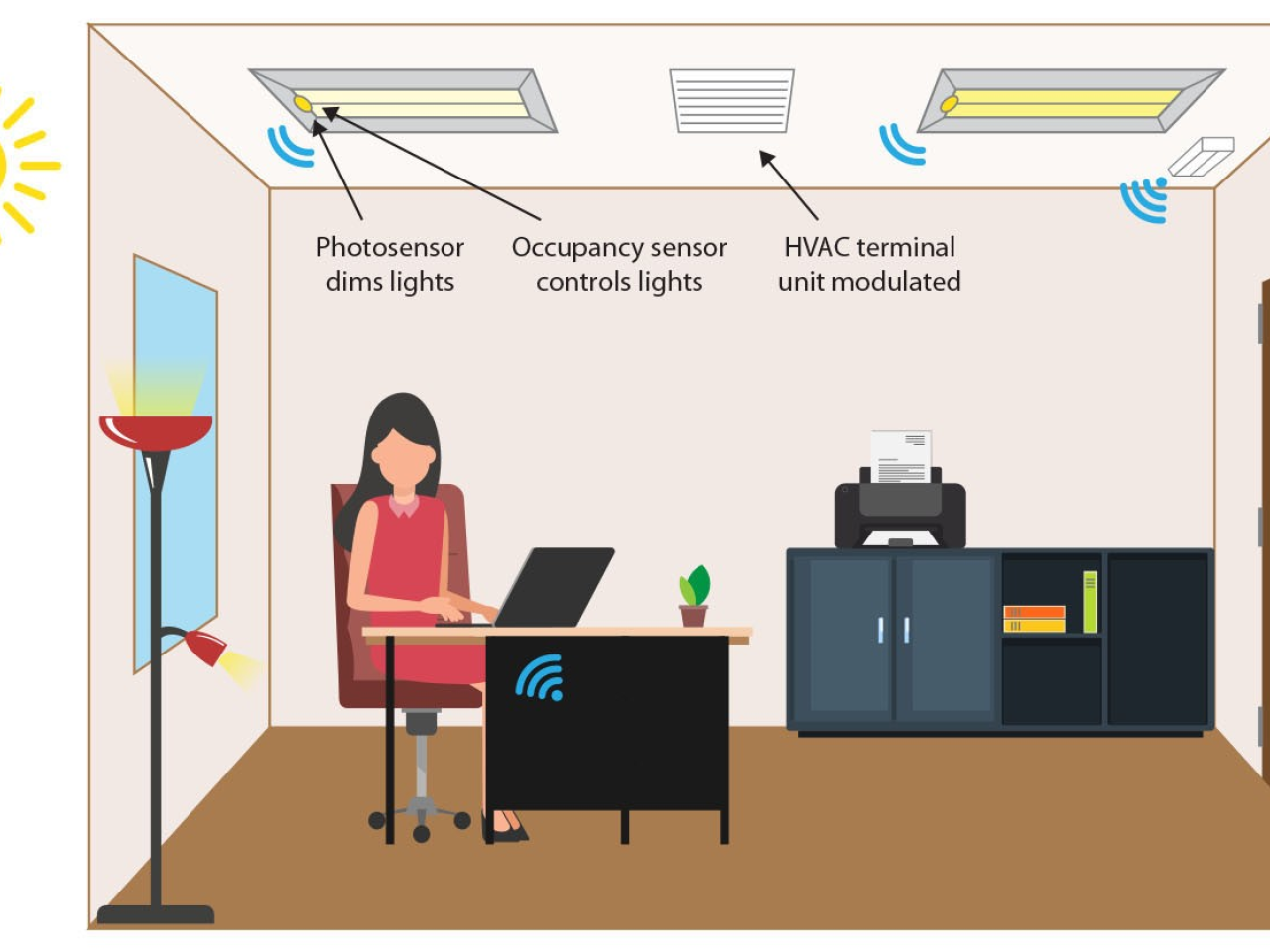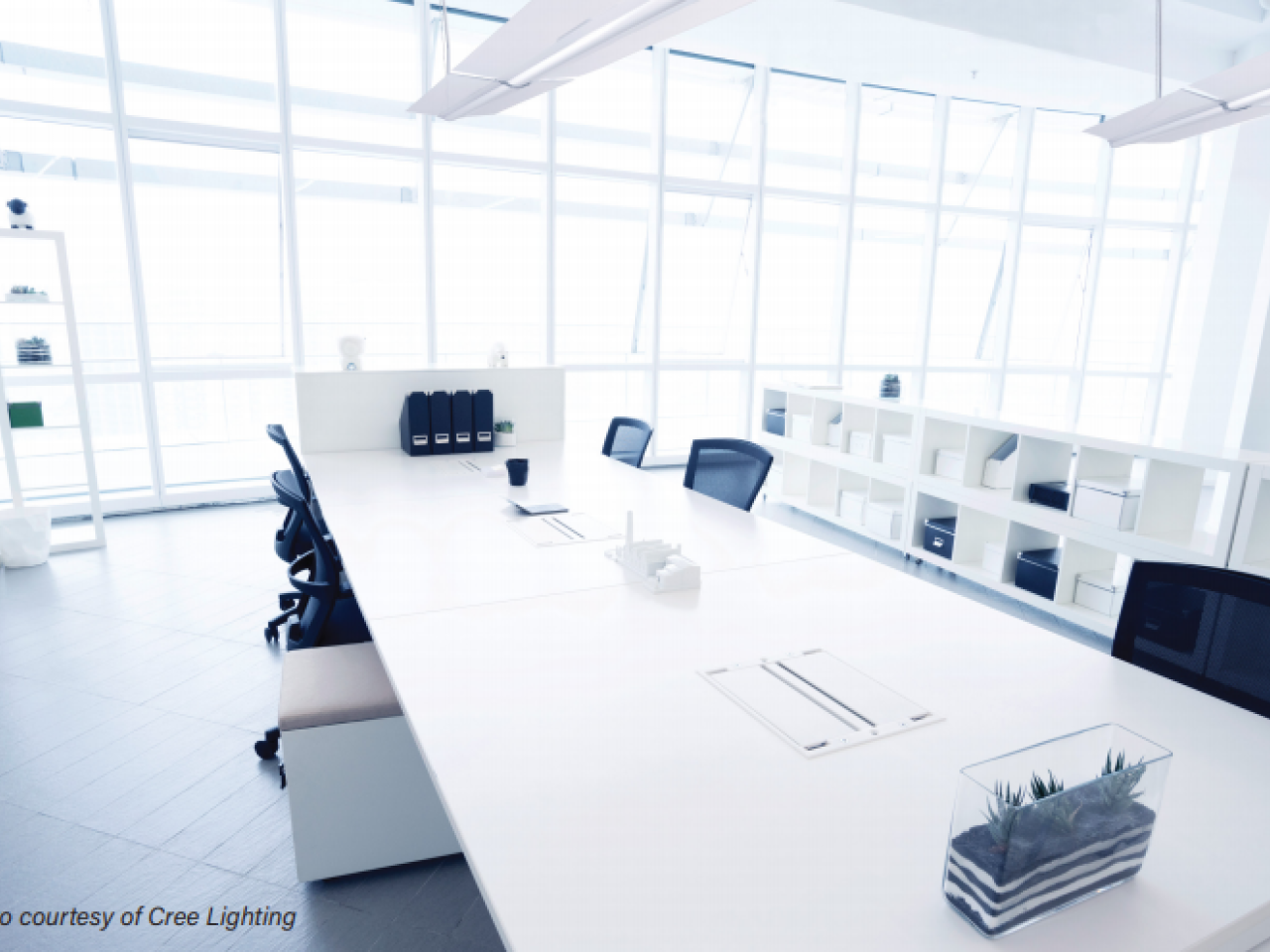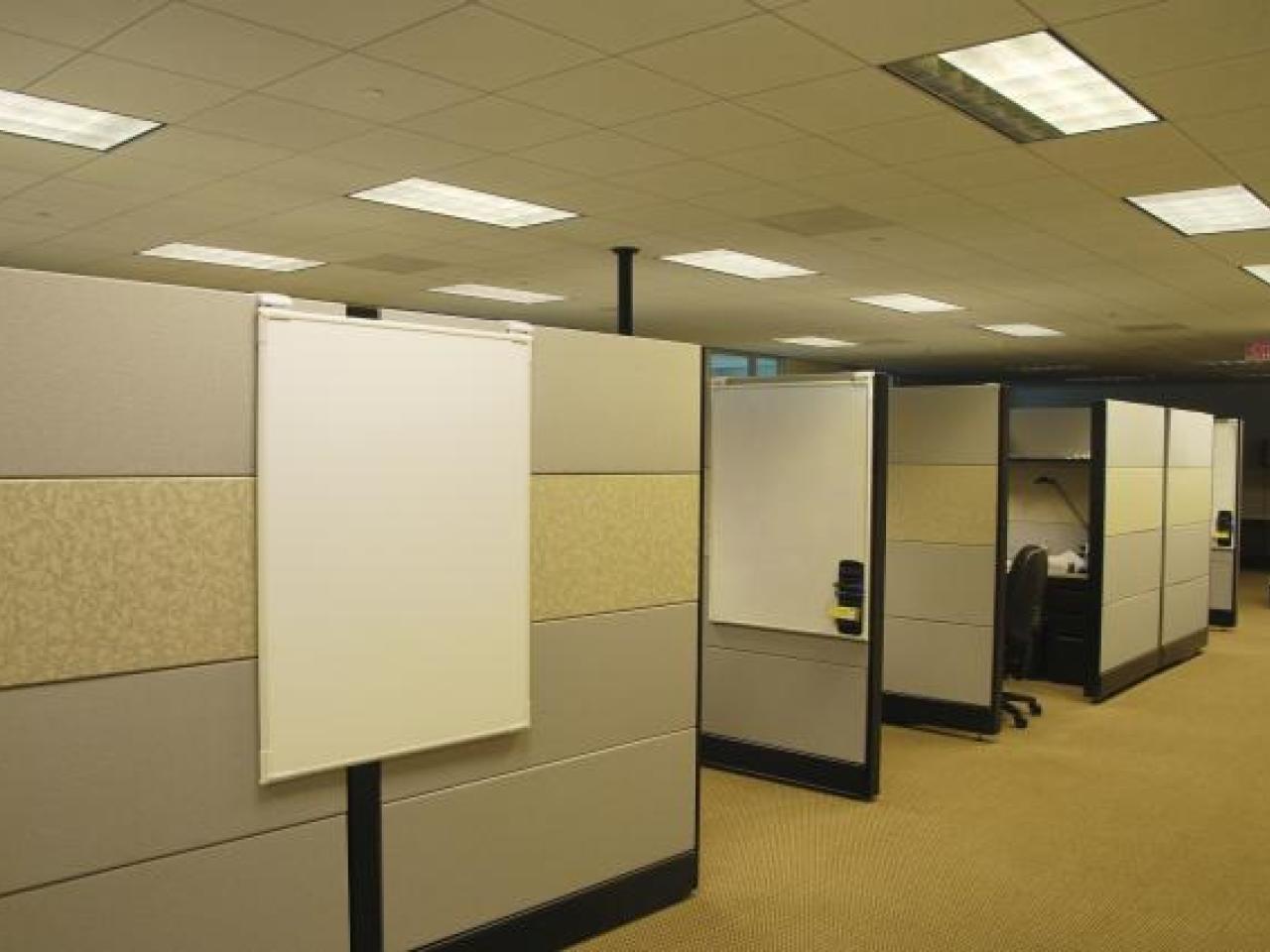Advanced lighting controls: the next generation of lighting programs
For the past few decades, lighting programs have looked to new lighting technologies to drive energy savings. There's no doubt that upgrades such as LEDs use less energy than traditional lightbulbs—but is that the end of their potential energy savings?
Not even close. Thanks to the evolution of building codes and exciting advances in lighting controls, we see a bright future for lighting programs.
To provide utilities, program managers, and customers with certainty behind the savings, our research spans several aspects of advanced lighting controls. We've looked at strategies such as daylighting, occupancy, task tuning, and scheduling to modulate the way buildings actually use the lights overhead. As buildings get smarter and more connected, lighting controls can also connect to other building systems such as HVAC or plug loads to drive even further energy savings—and lead to healthier, more comfortable buildings.
We can use advanced lighting controls to create programs that:
- Combine networked lighting with HVAC systems to drive even deeper energy savings
- Educate, train, and collaborate with facility managers to install smart lighting controls.
- Provide technical assistance to reduce technical barriers
- Help buildings achieve non-energy impacts and more comfortable buildings through improved air quality, asset tracking, and more
At Slipstream, we are always happy to share our data and lessons learned. For more on how advanced lighting controls relate to programs, contact us. In the meantime:
Hear it from our team:
Learn more about new lighting programs straight from our experts. Our team regularly shares its insights at conferences and summits to drive adoption of integrated lighting technologies and share our insights with the industry.
Read our lighting research:
Integrated Control Systems:
Do smarter buildings live up to the promises? Our findings say yes!
Featured research

Adjusting lighting levels in commercial buildings
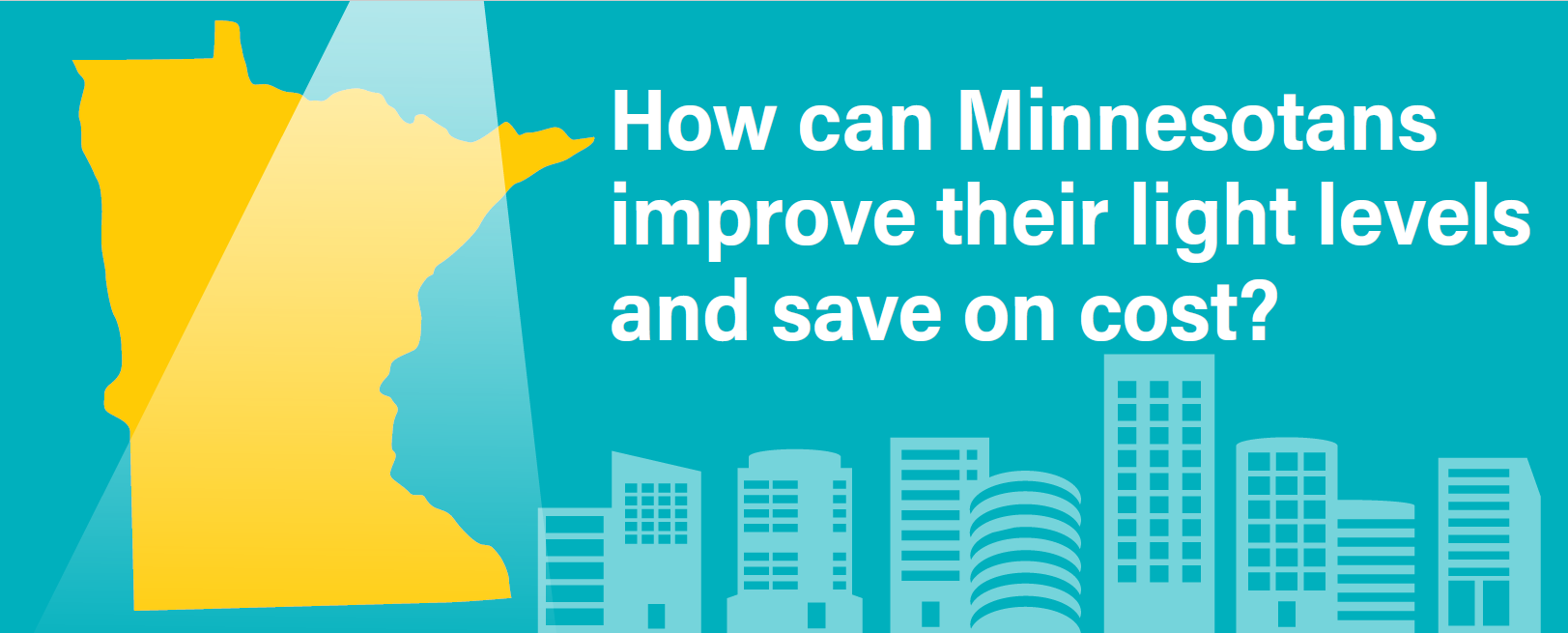
Light level analysis in Minnesota commercial buildings.

Light level analysis in buildings: a market characterization study
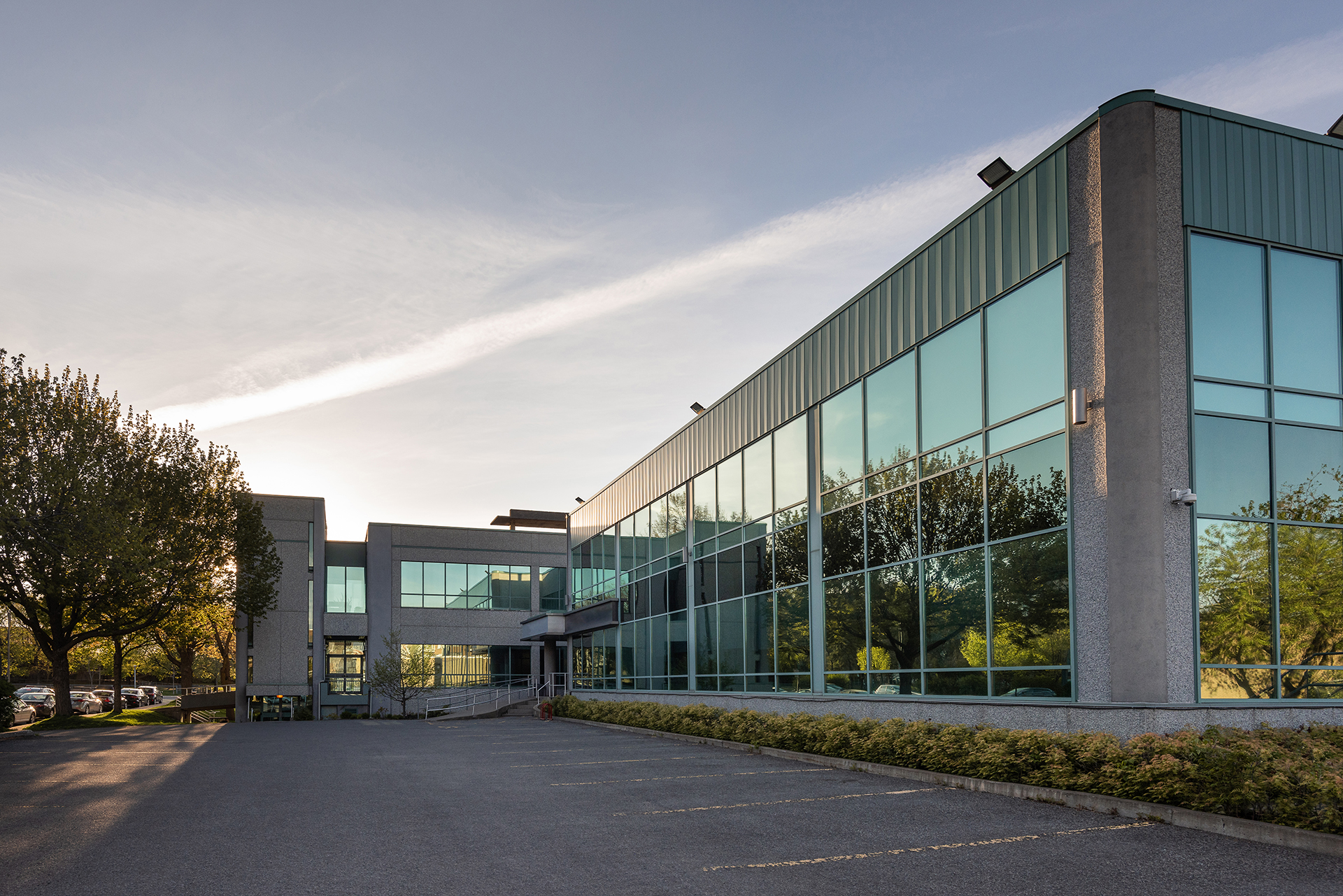
Level up your traditional lighting program.
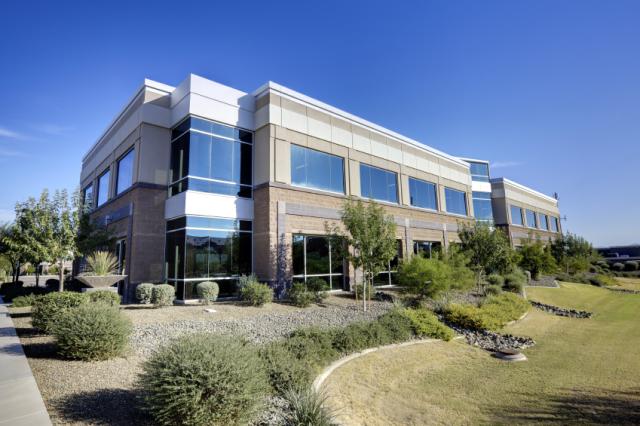
Proper commissioning can lead to energy savings—often 60% or more.
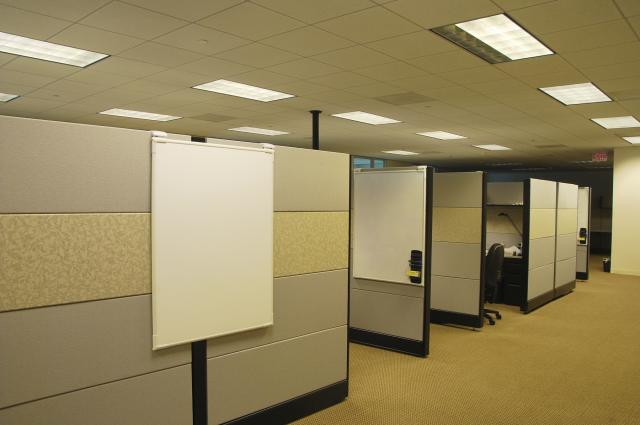
How can Minnesota improve their light levels and save on cost?

